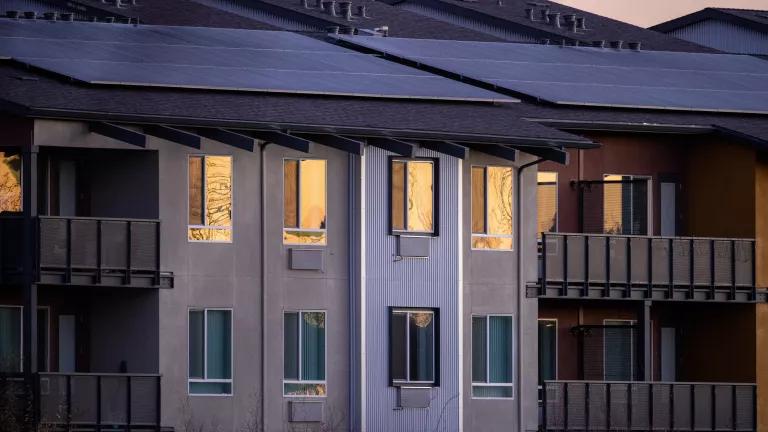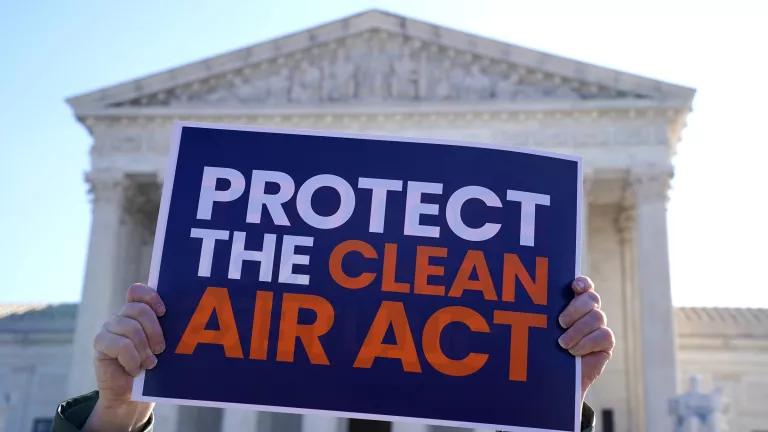Responding to EPA's Greenhouse Gas Reduction Fund RFI
The Greenhouse Gas Reduction Fund presents a challenge but also an opportunity to apply resources designed for maximizing environmental and social impact.

Twenty-seven billion dollars is a large amount of federal funding. But it pales in comparison with the capital needed to reduce greenhouse gas (GHG) emissions and other forms of air pollution, while also addressing the generations of environmental injustice endured by many low-income communities and communities of color who are on the frontlines of climate change. Rarely has the mandate or capacity to scale the deployment of clean energy and energy efficiency been combined with efforts to address inequality and poverty. The Greenhouse Gas Reduction Fund (“the Fund”) presents a challenge but also an opportunity to apply resources designed for maximizing environmental and social impact.
The green bank community has innovated on how to use scarce public dollars to stimulate private investment in low carbon or energy efficiency projects. At the same time, over decades, nonprofit community-based lenders like CDFIs and community development credit unions (CDCUs) have built experience providing capital, stimulating additional investment, and building trust in communities long overlooked by broader financial markets. Both of these sectors (“Nonprofit Lenders”) have had to address issues of market stimulation, additionality, and inclusivity, and both have valuable complementary insights and experience to offer EPA.
Yesterday, we submitted comments to the EPA on the design and implementation of the Fund, and below I discuss the opportunity the Fund represents.
The Fund is a critical down payment to create our equitable and prosperous low carbon future, and EPA faces a clear challenge in designing a program that can deploy this amount of money in an efficient, equitable, and distributed way. To be successful, the Fund will need to generate measurable benefits for low-income and marginalized communities and households; leverage other federal and state investments; mobilize additional private capital; and create markets to continue expanding investment.
To give a sense of the deployment scale the Fund could generate, we estimate that 70,000-80,000 investments could be made with the $20 billion reserved for Nonprofit Lenders prior to any recycling. The numbers indicate that for a strategy focused on high-impact distributed technologies to succeed, dozens if not hundreds of Nonprofit Lenders across several established industries must be coordinated by a small number of skillful, seasoned intermediaries in a networked fashion. This strategy envisions the mobilization of Fund dollars delivering economic, health, and quality-of-life benefits to communities, households, and small businesses across the country, with a particular emphasis on low-income and marginalized communities. A significant secondary benefit is that several key lending industries and large numbers of lenders can be engaged in a process that leads to market transformation – green banks can grow and proliferate, and more traditional financial institutions that serve the day-to-day needs of Americans can become “green” lenders. Ultimately, “green” investments can become “mainstream” investments.
In order to achieve this vision of a more equitable clean energy economy, EPA will need to ensure the vast majority of Fund dollars work to serve low-income and marginalized communities and households. Delivering projects that reduce GHGs and other air pollution while creating community co-benefits like reduced energy burdens, jobs, and improved health, are highly additional and most will not occur, especially not quickly and nowhere near the scale needed, but-for Fund investments.
Many of these investments will need to be flexible and focused on market-building and ecosystem development, meaning that technical assistance and capacity building investments that generate future pipelines of qualified projects will be critical in the Fund’s success. We urge EPA to lean-in on their legislative charge for the Fund and create a program that expands access to clean energy while producing measurable benefits for low-income and marginalized communities.
We look forward to working with EPA to design a program that can deliver on such a promise.




